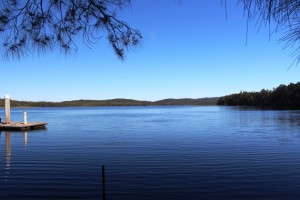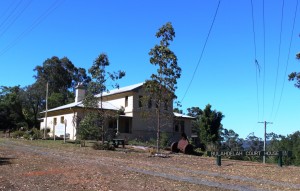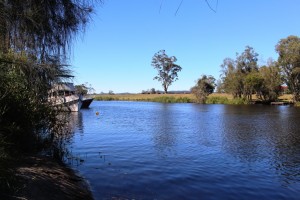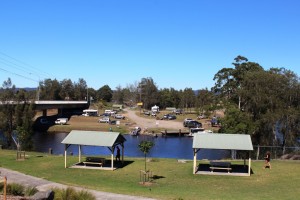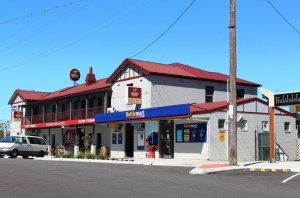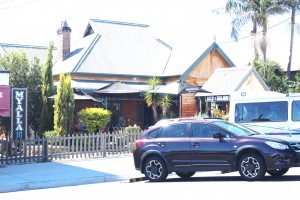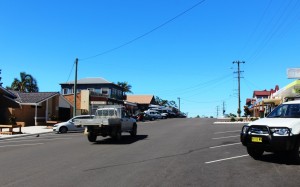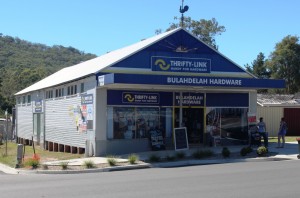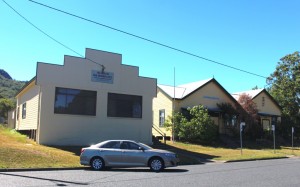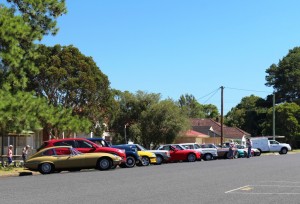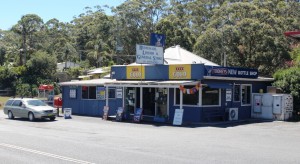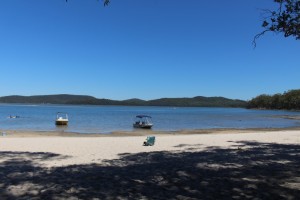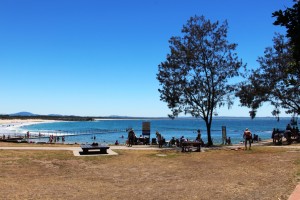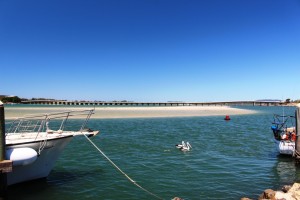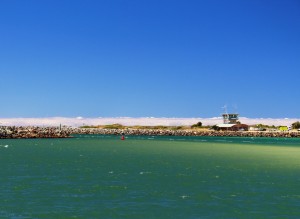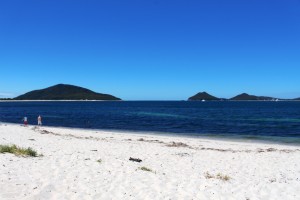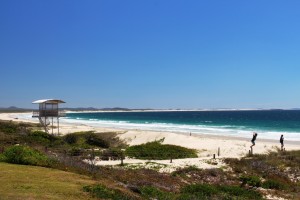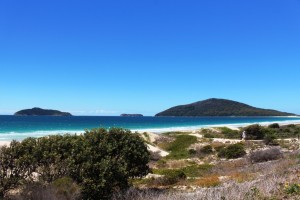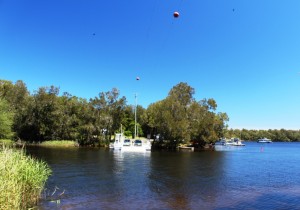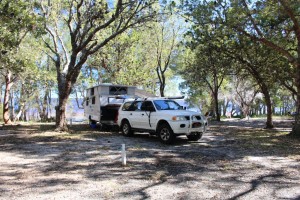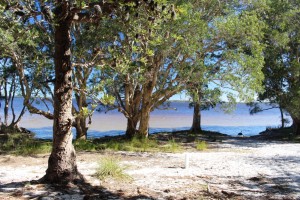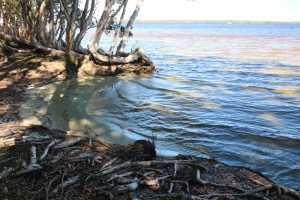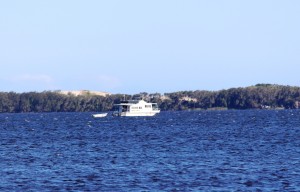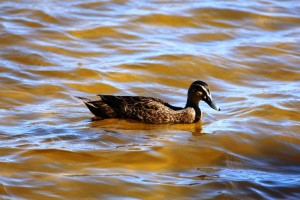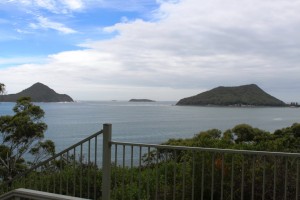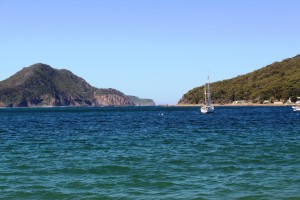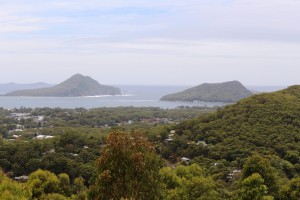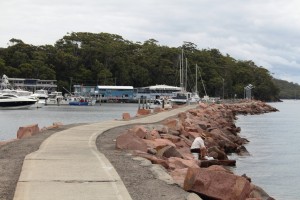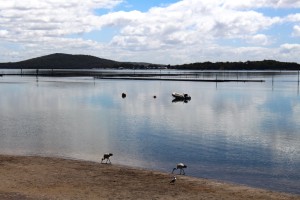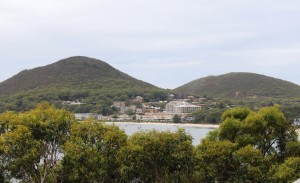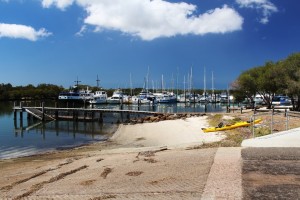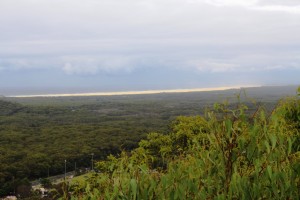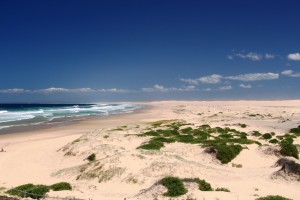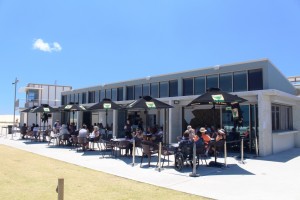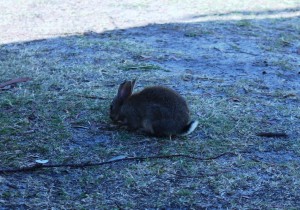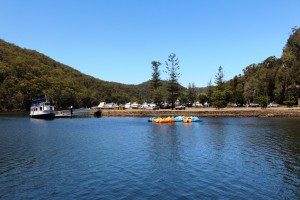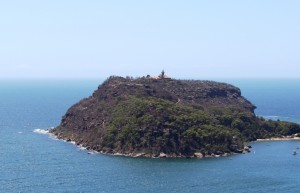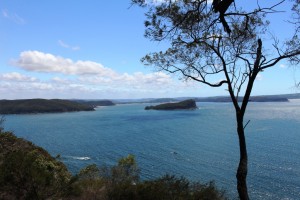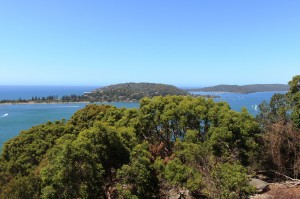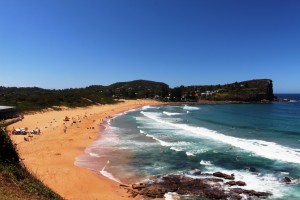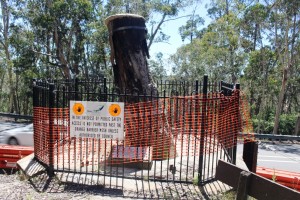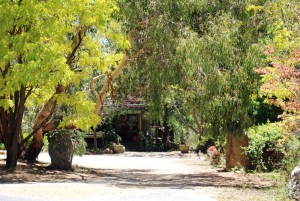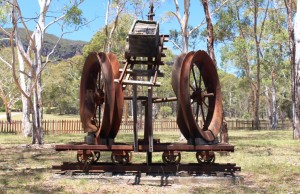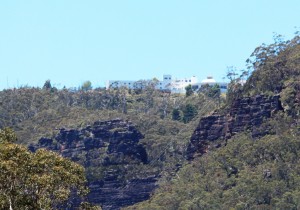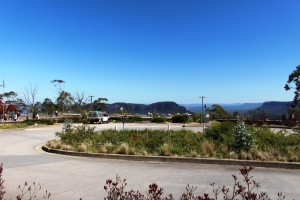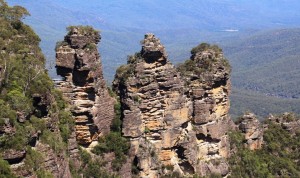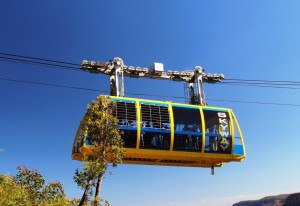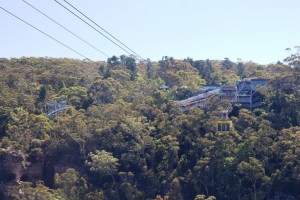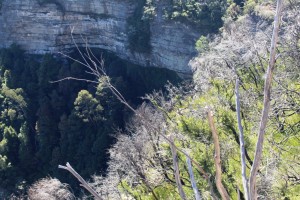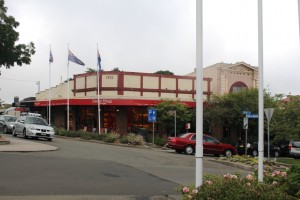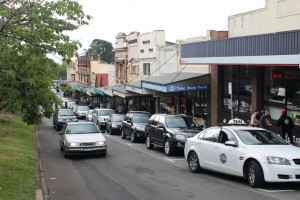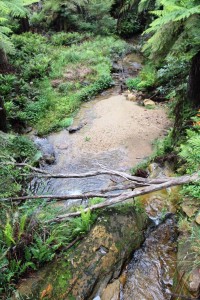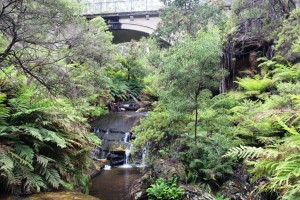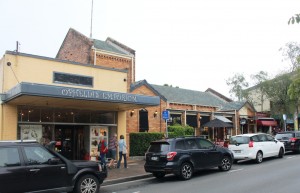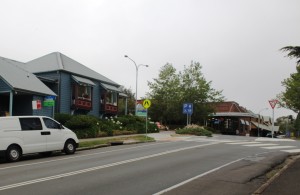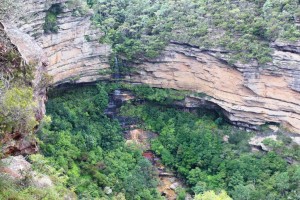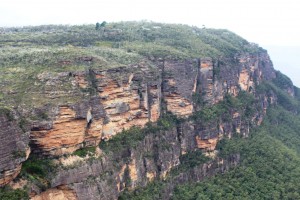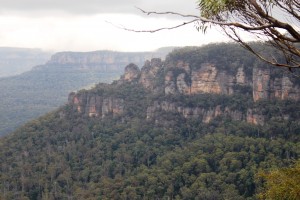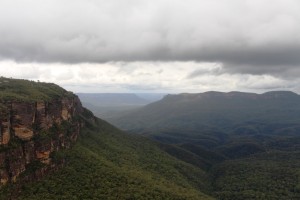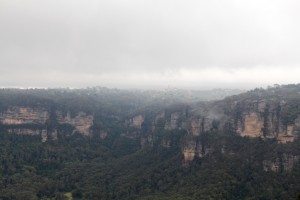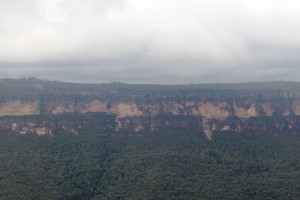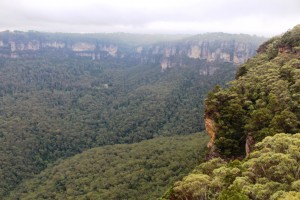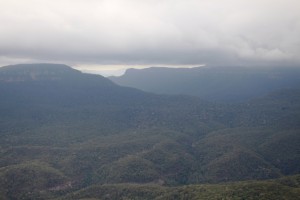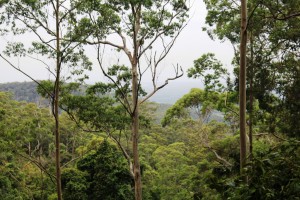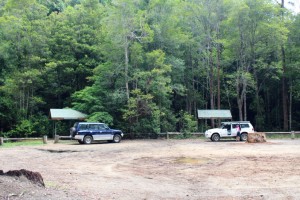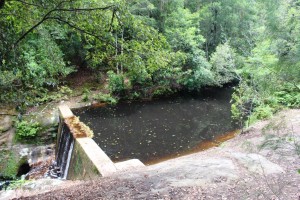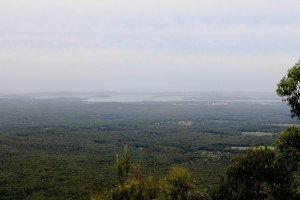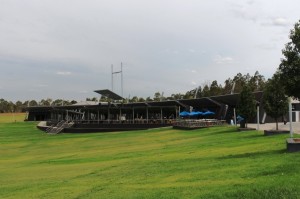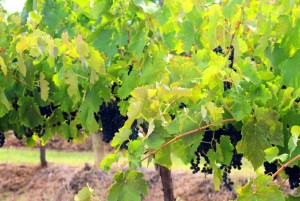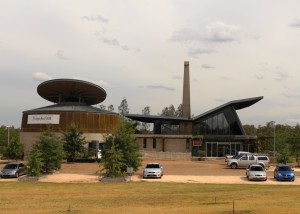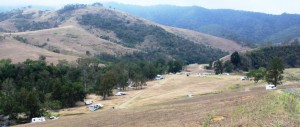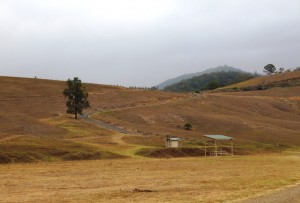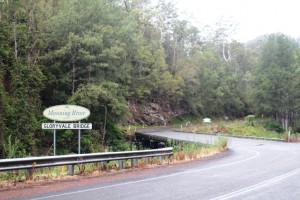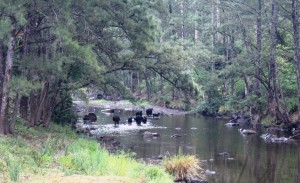We awoke to reflected sunshine from the surface of the lake peeping in at our windows. There was no wind and the surface of the lake was like a sheet of glass. We watched it develop its first ripples as we sat over an early cup of coffee.
The route today took us through the town of Bulahdelah which is the nearest thing that we have to a home town when I lived in this area. I went to high school here and we visited the town to shop and to church twice on most Sundays. Mum was the church organist.
Bulahdelah has recently been bypassed by the Pacific Highway after a protracted environmental battle delayed it for several years. Knowing the effect that such a change can have on a country town I was half expecting a town sliding towards ghost town status. But not so!
In the Lions Park
On Sunday morning, those shops of interest to tourists, were open and seemed to be trading well. There were people in the streets and cars in the driveways of the two service stations that stand on either side of what was the highway.
Something called the Bass Bash Challenge was in progress. The park was almost overflowing with camps, boats and people. Perhaps it was an unusual day, but it was heartening to see.We took our morning tea break at a park with all required facilities for tourists. Other vans and the crowd from the classic cars were occupying all of the picnic tables so we had our coffee at the van. We were about finished when a local, female and pushy, came around the rear of the van to tell me that I was parked too close to the corner.
She had a point but not by much more than half a meter or so. My response apparently didn’t satisfy her as she accused me of taking her to be a fool. It would not have been a very great leap of intuition to reach that conclusion. She had double parked beside the van in her haste to point out to me the error of my ways in what was really a very dangerous place. Of such events are memorable trips made!
We left the Pacific Highway just north of Bulahdelah to follow The Lakes Way. This road took us through “nostalgia central”. Many of my childhood holidays took place at seaside locations along this road, not to mention the odd Sunday school picnic, and the long gone Boolambayte School, to which I walked across country to commence my education at the age of around six.
We called at a couple of places that prompted memories before we reached Forster on Wallace Lake and its twin town, Tuncurry. We lunched in the shade of a large pine tree by the water at the latter town before bypassing Taree and soon after, left the highway for Harrington, another old Sheather holiday and fishing location.
We have decided to remain here for two days so will tell you something of it in tomorrow’s blog.

